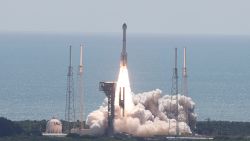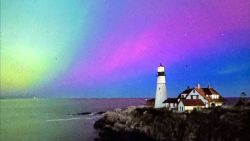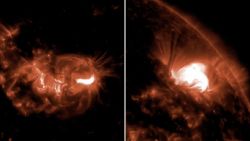Alaska’s summer of fire and no ice is smashing records.
With the Arctic warming twice as fast as the rest of the planet, America’s “Last Frontier” feels like the first in line to see, smell and feel the unsettling signs of a climate in crisis.
There are the smoky skies and dripping glaciers, dead salmon and hauled-out walrus but scientists also worry about the changes that are harder to see, from toxic algae blooms in the Bering Sea to insects from the Lower 48 bringing new diseases north.
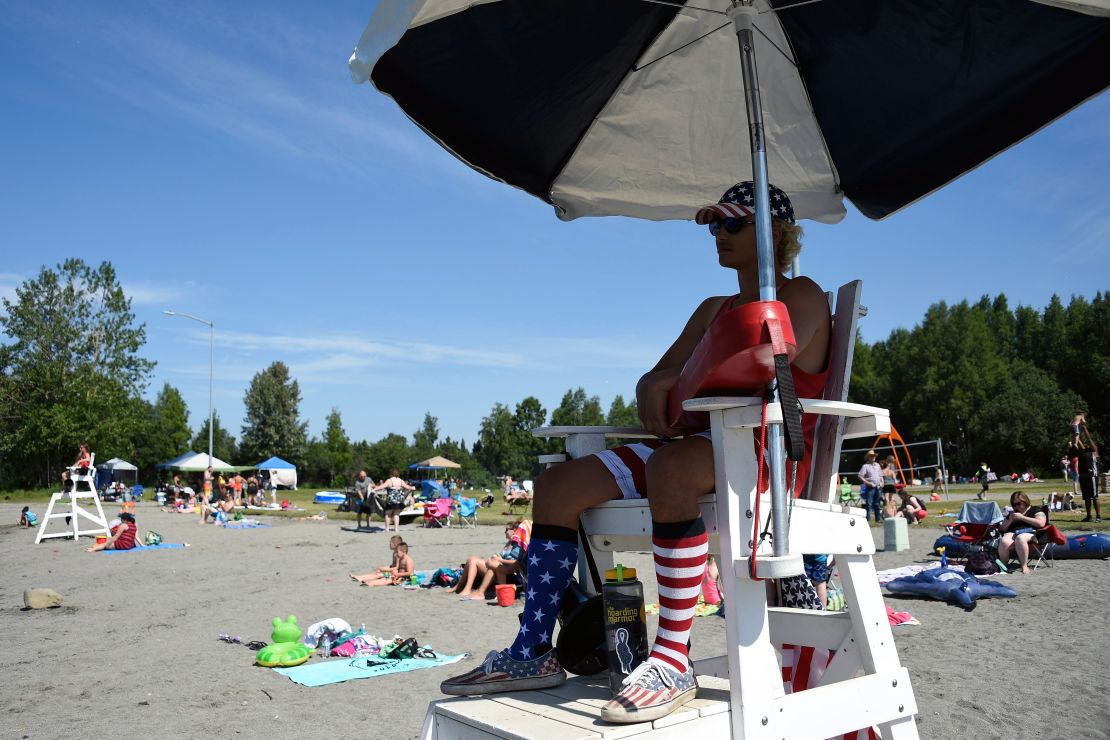
The head shaking among longtime locals really began on the Fourth of July, when at 90 degrees, Anchorage was hotter than Key West.
A dome of hot, dry air over the southern part of the state refused to budge. When lightning struck the Kenai Peninsula, it was just the beginning of a wilderness inferno unlike any other in memory.
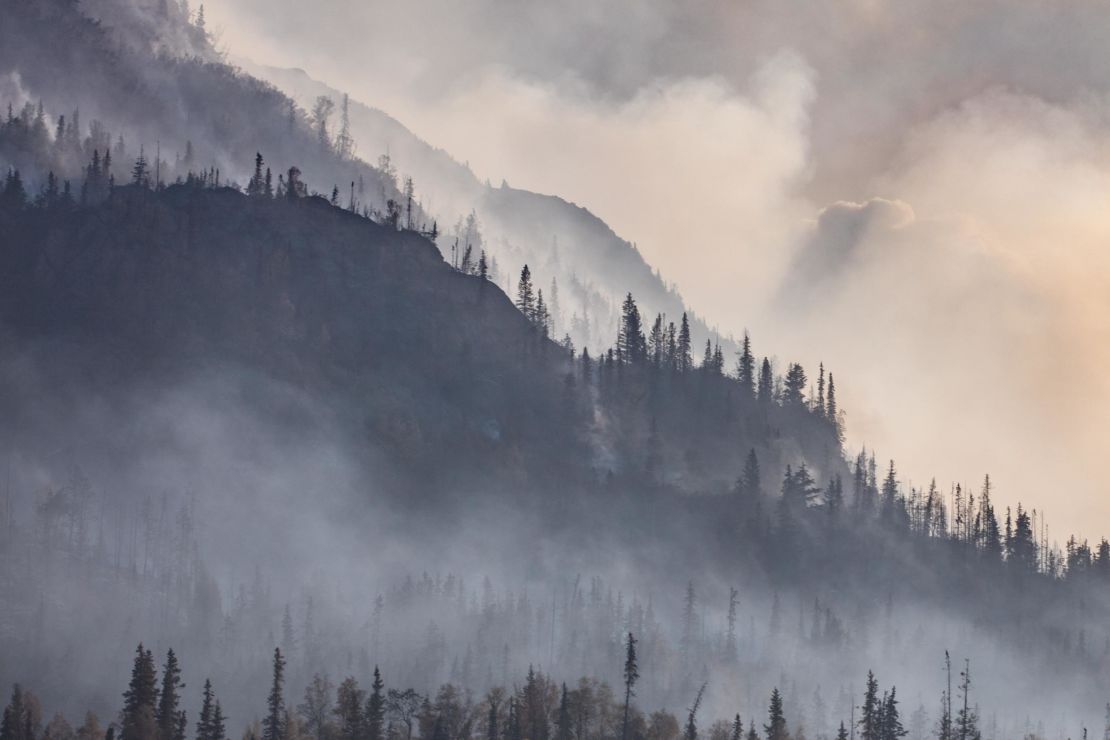
Like rainy clockwork, Alaska’s fire season usually ends August 1 but the Swan Lake fire is still burning and only 37% contained. To the relief of exhausted fire crews and worried residents, September is bringing the first moisture in weeks but the most populous part of the state is still swallowing more smoke than ever.
“We’ve had more than twice as many smoky hours in 2019 than in any other season, and in fact, almost as many as all other years combined,” says Brian Brettschneider, a climatologist at the University of Alaska.
Strolling in short sleeves atop the rapidly melting Spencer Glacier, Brettschneider lists one superlative after another, pulled from a century’s worth of records that predate Alaskan statehood. “Eight of our top 13 warmest days on record are this year,” he says. “We didn’t just get a little bit past the old marks, we really blasted past them.”
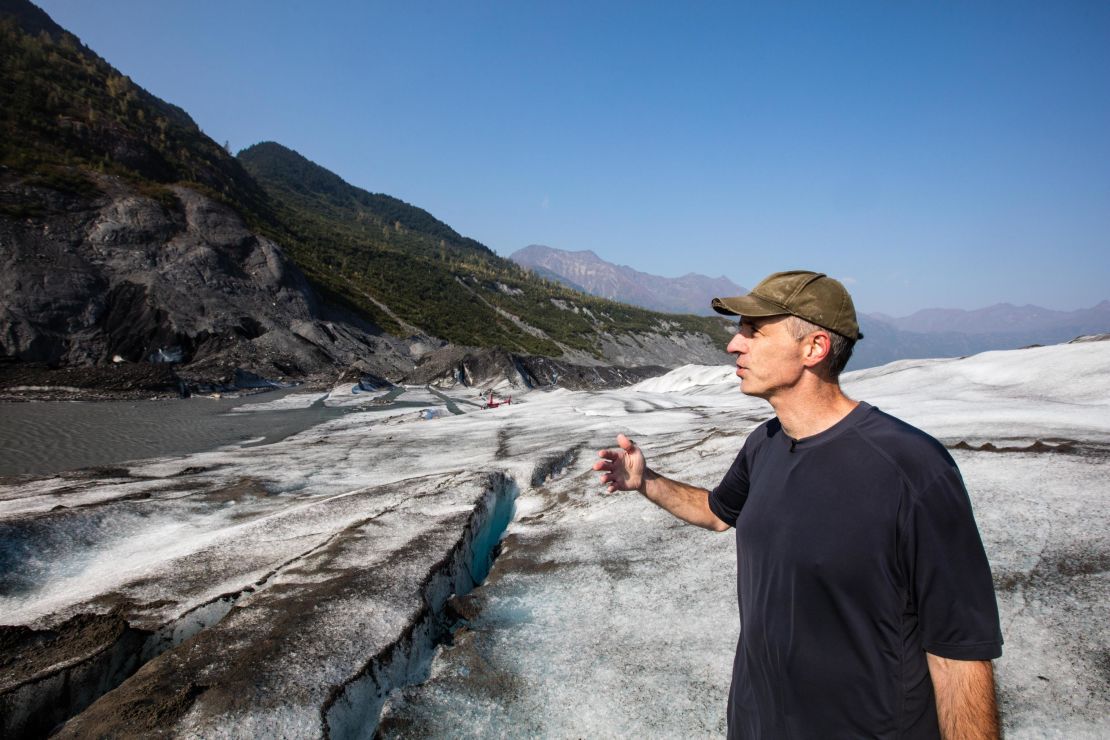
He points to the bare rock and dirt 150 feet above us where the glacier once stood. “This is half as thin as it was not very long ago.” Every drip is headed to sea, which makes what is happening here directly relevant to New York, Miami, Dubai, Osaka, Hong Kong and countless beach towns in between. According to the European Space Agency, melting Alaskan ice has contributed more to sea level rise than Greenland, Antarctica or any other part of the world.
And then there are the fish, so vital to the economy. While Bristol Bay saw another epic salmon run this season, more and more streams are just too warm for the fish to spawn.
“We definitely have reports from around the state where we’ve found dead fish that have not made it to their spawning grounds,” says Sue Mauger, science director for the nonprofit Cook Inletkeeper. “They still have the eggs inside and have not spawned. Those are just lost future generations.”
She has been measuring streams for almost two decades and while the warming trend was obvious, she is stunned by the speed. “The temperatures we saw this summer were what we expected for 2069 – we’re 50 years ahead of where we thought we would be for stream temperatures.”
It’s not just fresh water absorbing record amounts of heat. Over 500 miles away in Nome, a team of oceanographers from the National Oceanic and Atmospheric Administration wobbles off the Ocean Star on sea legs, after weeks of gathering data in the warming Arctic. A generation ago, they might have needed a Coast Guard icebreaker to do their work but on this trip, saw only open water.
“There’s always going to be ice up here in the winter,” explains Ryan McCabe, physical oceanographer at the University of Washington. “But it’s a much thinner ice. Single-year ice instead of multi-year ice.”
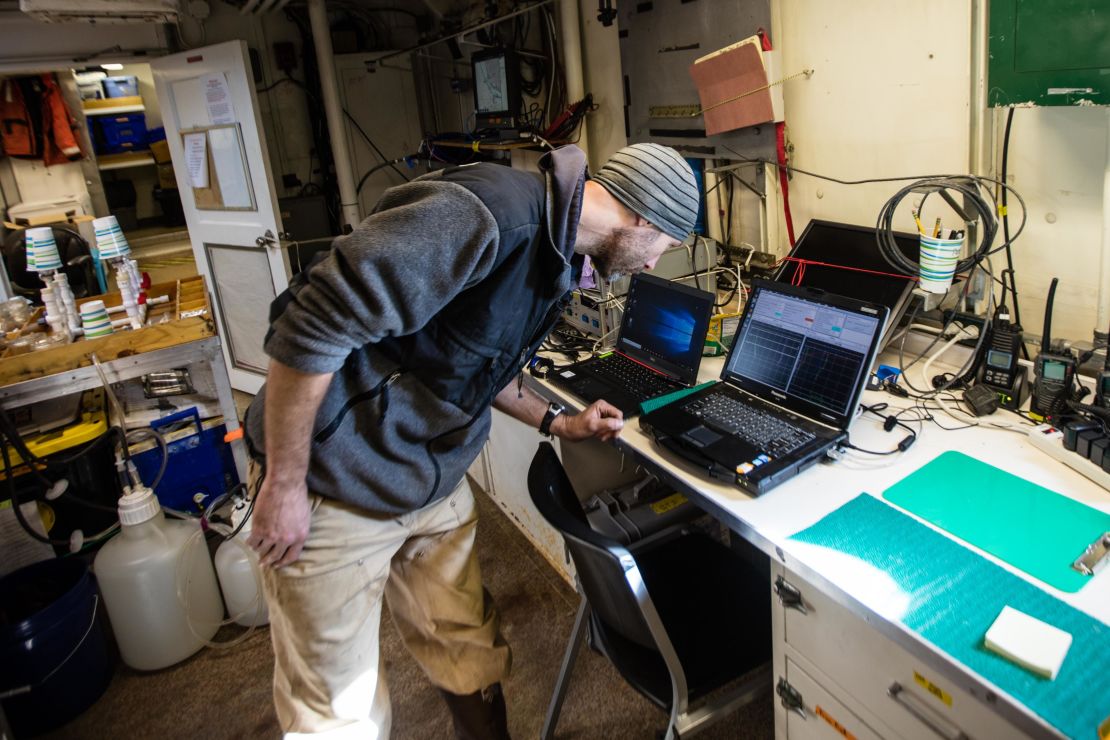
Drastic changes to the ocean’s heat exchange patterns could alter the timing of plankton blooms, which would ultimately cascade up the food chain to the biggest forms of life.
Migration timing for whales could be be thrown off, McCabe says. “They could show up after the blooms have already happened,” leading to starvation.
For indigenous residents like 78-year-old Joe Kunnuk, there is no need for data from NOAA. “It changed so much over the years,” he says while carving walrus ivory into the shape of an Inupiaq hunter in a tiny kayak. As a young man, their sea-ice hunting grounds off the coast of Nome would last through May or even June. This year it was gone by early March.

Today, the closest sea ice to any part of Alaska is over 125 miles offshore. Since hunting in open seas is much more difficult and expensive, Kunnuk says that the walrus he bagged five years back will most certainly be his last.
Meanwhile, in a suburb of Anchorage, Micah Hahn and her team are looking for change by dragging tattered white flags through the weeds. They are tick hunters from the Institute for Circumpolar Health Studies at the University of Alaska. As Lyme Disease spreads across a warming US, she’s worried that Alaska might be next.
“If people are traveling to the lower 48, and they take their dog with them to visit family, and then they come back up, it’s possible that they bring a tick with them,” she explains.
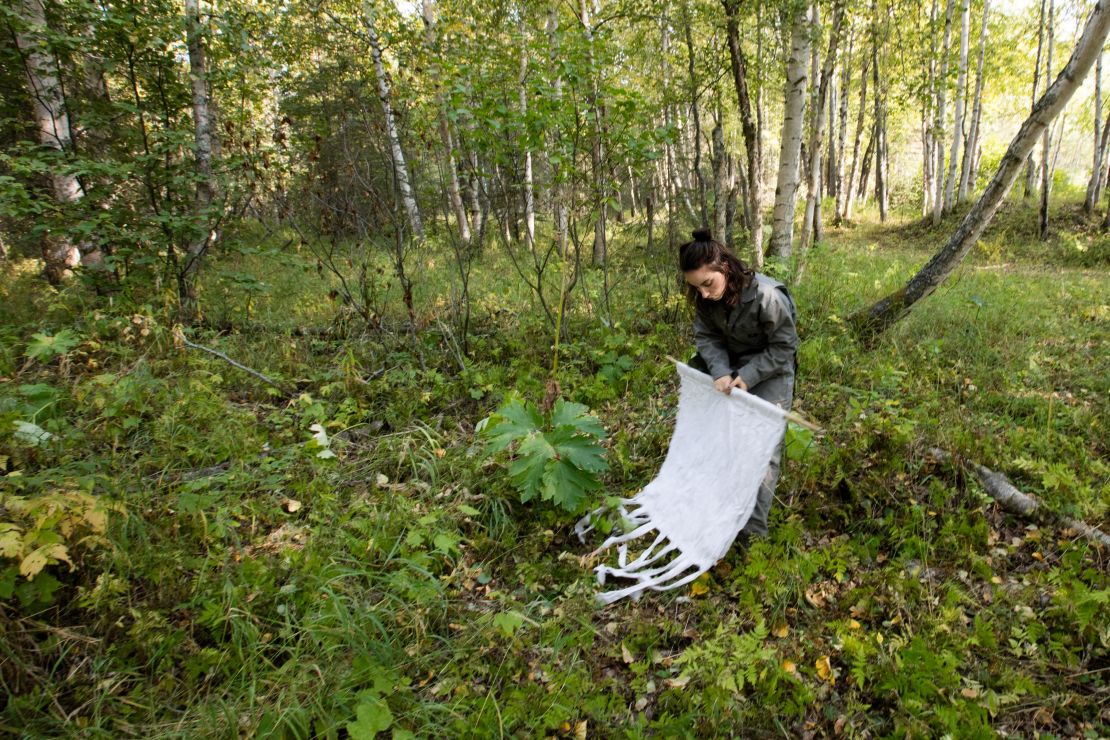
Historically, that blood-sucking bug would not survive the Alaskan climate. Not anymore. “It’s kind of like a Russian roulette,” she says. “Eventually, a tick is going to come and it’s going to be able to overwinter and then establish in our wildlife population up in Alaska.”
Another study found that yellow jacket wasp queens are surviving the milder winters of Barrow, the northernmost American town, where emergency room visits for stings jumped over 600% in five years.
Interactive: Alaska at a crossroads
But after decades of seeing their warnings fall on deaf ears – especially in a state funded by oil – scientists like Brettschneider hope that the indisputable clues across a baked Alaska will inspire real action, from Juneau to Washington, DC.
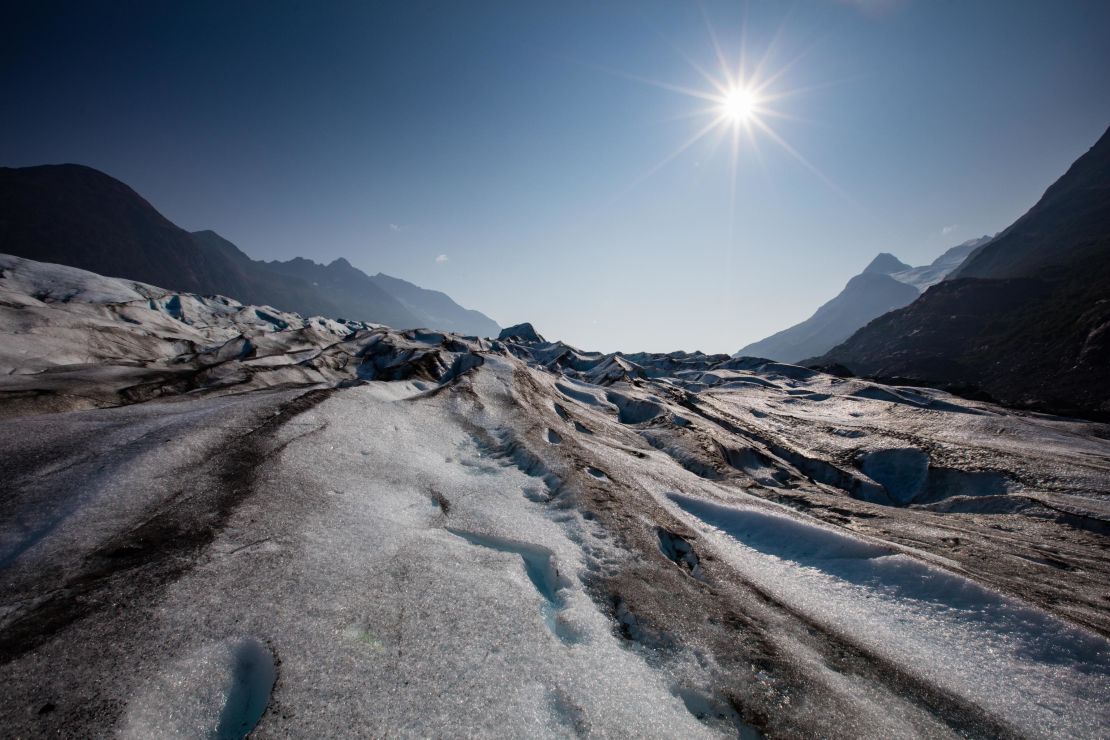
“We’ve talked about these things occurring in decades or in centuries, but … it’s happening right now and it’s visible right now and it’s noticeable right now,” the University of Alaksa climatologist says. “The opportunity to do things about it is right now and not decades down the road. So, in one sense, it’s really bad, but people tend to kind of step up and do something about it when they feel a sense of urgency, and there really is a sense of urgency right now.”


